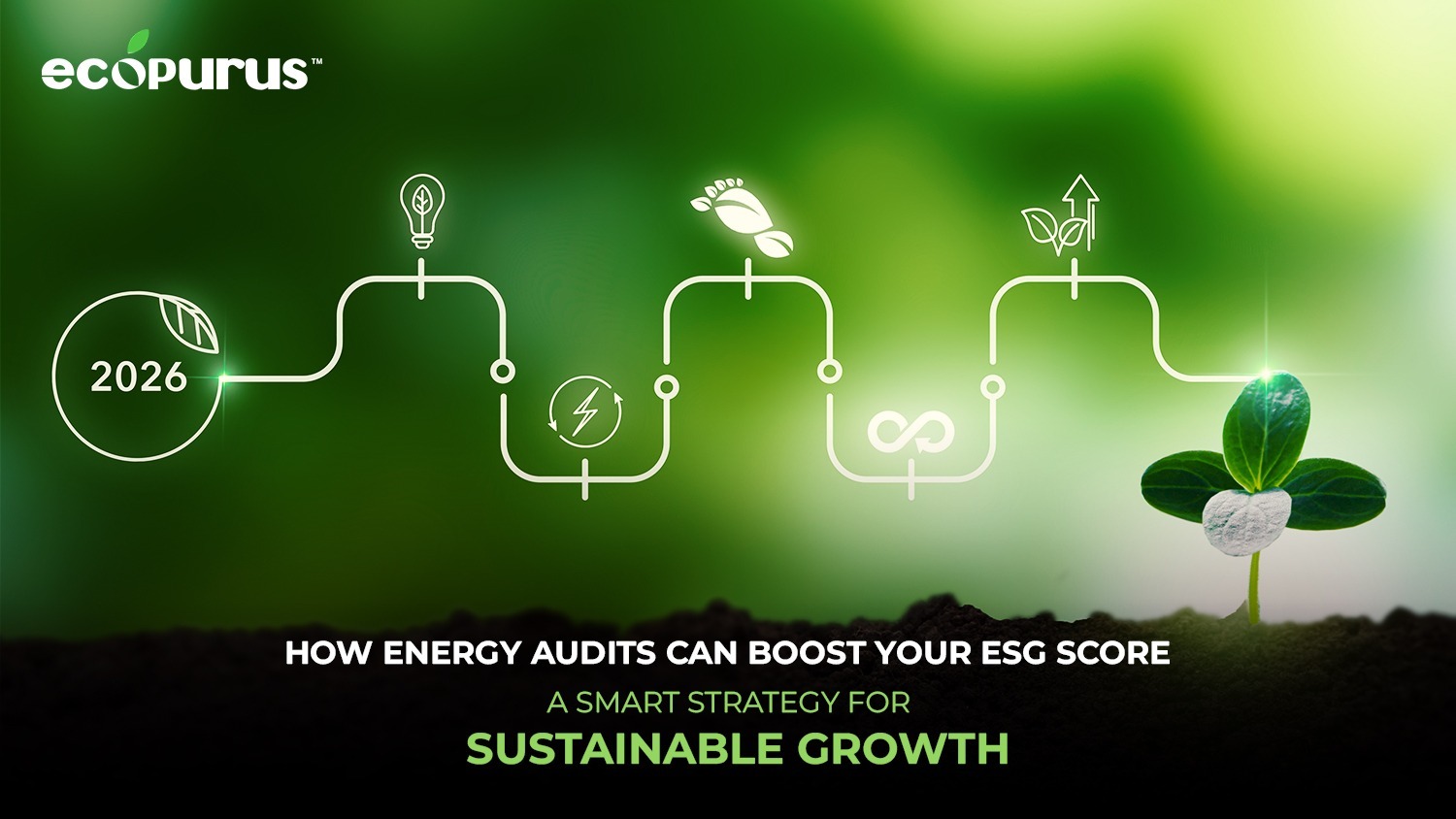
COP29 and Article 6
On November 23, 2024, COP29 in Baku, Azerbaijan marked a key milestone with the adoption of the Paris Agreement Crediting Mechanism (PACM) under Article 6.4 of the Paris Agreement. This establishes a UN-governed global carbon market establishing a global, UN-governed voluntary carbon market.
Understanding Article 6
Article 6 of the Paris Agreement aims to create a well-regulated global carbon market to reduce emissions through cooperation between countries and the private sector. It includes three key components:
- Article 6.2: Facilitates cross-border trading of emission reductions through bilateral agreements, allowing countries to exchange mitigation outcomes.
- Article 6.4: Establishes a UN-regulated carbon market with significant implications for private sector carbon credit strategies, providing a structured framework for generating and trading carbon credits.
- Article 6.8: Ratified at COP28, focuses on non-market approaches like technology transfer and capacity building, promoting cooperation without relying solely on market mechanisms.
Article 6.4
Article 6.4 establishes the PACM as a framework that allows countries to create and exchange carbon credits generated from emission reduction projects.This mechanism is essential for nations to fulfill their Nationally Determined Contributions (NDCs)—the pledges each country makes under the Paris Agreement to cut greenhouse gas emissions. The PACM is monitored by a UN Supervisory Body, which ensures that projects conform to principles of environmental integrity and transparency, building upon the groundwork established by the Kyoto Protocol’s Clean Development Mechanism (CDM).
Key Features of Article 6.4
- Centralized Market Framework: Article 6.4 promotes a structured method for trading emission credits internationally. This ensures that all transactions are validated and verified according to a uniform set of rules.
- Emission Reduction Projects: Countries can participate in projects that not only lower emissions but also contribute to sustainable development goals.
- Supervision and Oversight: The UN Supervisory Body is responsible for overseeing project activities, including design, registration, and the transfer of emission reduction units.
Key Decisions at COP29
The approval of the Paris Agreement Crediting Mechanism (PACM) at COP29 came after long talks to address problems that had slowed progress in previous conferences in Glasgow and Sharm El-Sheikh. Some notable decisions included:
- Formal Adoption of PACM: This marked a critical step in establishing standards for carbon crediting projects, improving the trustworthiness of carbon markets.
- Framework Development: While foundational rules for trade and accreditation were agreed upon, key quality standards—like methods for calculating baselines and ensuring extra emissions reductions—are still being worked on. A proposal was accepted to speed up these standards to strengthen the market’s credibility.
How does the Paris Agreement Crediting Mechanism (PACM) differ from other carbon credit systems
The Paris Agreement Crediting Mechanism (PACM) represents a major advancement in carbon credit systems, differentiating itself from previous mechanisms such as the Clean Development Mechanism (CDM) and the Voluntary Carbon Market (VCM). Here are the key differences:
Governance and Oversight
- UN Oversight: PACM operates under a centralized framework governed by the UN Supervisory Body, which ensures compliance with strict methodologies and standards for carbon credits. This is in contrast to the CDM, which, while also UN-sanctioned, has been criticized for its lack of rigorous oversight and quality control over the years.
- Methodological Framework: PACM will create its own methodologies and registries, distinct from earlier systems. While the CDM allowed for a wide variety of projects with varying quality, PACM aims to establish more rigorous criteria to guarantee high-quality credits.
Credit Quality and Integrity
- Quality Standards: Unlike credits from the VCM, which often lack standardized quality measures, PACM credits will include provisions for corresponding adjustments to prevent double counting of emissions reductions. This is crucial for maintaining environmental integrity and ensuring that credits genuinely reflect reductions in greenhouse gas emissions.
- Enhanced Transparency: PACM is designed to enhance transparency in carbon markets through comprehensive reporting and verification processes. This is a response to past criticisms of the CDM, where many credits were found to be of questionable value due to inadequate verification processes.
Market Functionality
- Mandatory vs. Voluntary: PACM credits are specifically intended to help countries meet their legally binding commitments under the Paris Agreement, making them fundamentally different from VCM credits, which are bought voluntarily by companies or individuals seeking to offset emissions without regulatory requirements.
- Market Expansion Potential: The PACM is projected to significantly expand the global carbon credit market, potentially generating up to $12 billion annually by 2030. This stands in stark contrast to the current VCM, valued at around $1.5 billion.
Project Eligibility and Scope
- Transitioning Projects: PACM allows for the transition of existing CDM projects into its framework but requires that these projects adopt updated methodologies compliant with PACM standards by 2026. This transition aims to improve the overall quality of carbon credits available in the market.
- Broader Applicability: The mechanism encompasses a wider range of activities beyond traditional emission reduction projects, including provisions for carbon removals, thus addressing various aspects of climate mitigation strategies.
In summary, PACM builds upon the CDM with enhanced governance, transparency, and quality standards to improve trust and effectiveness in achieving the climate objectives set by the Paris Agreement.
Impact on Carbon Markets
The introduction of PACM is expected to have several implications for carbon markets:
- Enhanced Market Confidence: By establishing a “quality floor” for credits, PACM aims to improve trust in the voluntary carbon market.
- Concerns Over Credit Quality: There are concerns that market integrity might be affected by allowing certain types of credits, such as those from non-additional renewable energy projects.
- Support for Carbon Removals: The mechanism includes provisions for carbon removals, which could foster growth in this area, although current volumes remain modest compared to overall emission reductions.
Ensuring Value in Carbon Credits
The best way to ensure that credit purchases retain their value is to focus on quality. Carbon Direct recommends using six key criteria for high-quality carbon removal to guide developers and buyers in the voluntary carbon market.
Criteria for High-Quality Carbon Dioxide Removal
- Baselines and Additionality: Projects must deliver carbon removal that is directly enabled by carbon finance, measured against baseline levels. This ensures that the credits represent genuine additional reductions in CO2 emissions.
- Carbon Accounting and Monitoring, Reporting, and Verification (MRV): Projects should employ accurate carbon accounting methods and ongoing monitoring to verify that issued credits accurately represent the tonnes of CO2 stored over the long term.
- Leakage: Projects must limit or avoid displacing emissions elsewhere and ensure that any displacement is properly accounted for. This is critical to maintaining the overall integrity of emission reductions.
- Harms and Benefits: Projects should provide safeguards against potential community or environmental harms that may arise from carbon removal activities, ensuring a net positive impact.
- Environmental Justice: Projects must ensure the equitable distribution of environmental impacts through inclusive community engagement, addressing social equity concerns.
- Durability: Projects need to guarantee the length of time they will keep CO2 out of the atmosphere, ensuring long-term effectiveness in combating climate change.
Key Challenges and Business Risks
Despite the emphasis on quality, several challenges remain in the carbon credit market:
- Quality Standards: There are still unclear baselines and verification procedures for carbon credits, which can undermine buyer confidence.
- Market Structure Uncertainty: There is ambiguity regarding which types of credits (removal vs. avoidance) will qualify under Article 6.
- Double Counting Risks: The potential for credits to be claimed by multiple entities poses a risk to their value and effectiveness.
Strategic Considerations for Businesses
Businesses are encouraged to adopt strategic approaches in light of the new framework:
- Carbon Management Strategy: Companies should quantify their emissions and align their reduction efforts with PACM objectives.
- Portfolio Evaluation: It is essential to ensure that carbon credit portfolios comply with evolving standards set by PACM.
- Regulatory Monitoring: Staying informed about policy developments will be crucial for maintaining competitiveness in a changing market landscape.
Significance and Next Steps
The COP29 agreement on Article 6.4 is a major step toward building a credible global carbon market, emphasizing the need for high-quality carbon credits. The PACM aims to enhance transparency and trust in carbon markets, addressing concerns about credit quality and buyer implications. Its success depends on finalizing robust methodologies to ensure credibility and unlock demand in the voluntary carbon market.
Post a comment Cancel reply
Related Posts
How Energy Audits Can Boost Your ESG Score: A Smart Strategy for Sustainable Growth
How Energy Audits Can Boost Your ESG Score: A Smart Strategy for Sustainable Growth In…
How Eco Check Empowers Businesses To Reduce Emissions
How Eco Check Empowers Businesses To Reduce Emissions In today’s business landscape, climate responsibility is…
New SEBI ESG Debt Guidelines Raise the Bar—But Do Mid-Sized Companies Have a Ladder?
New SEBI ESG Debt Guidelines Raise the Bar—But Do Mid-Sized Companies Have a Ladder? SEBI’s…
Ecopurus Certification: Why It Matters And How To Achieve It
As people talk more about climate change and protecting the environment, businesses are expected to…











